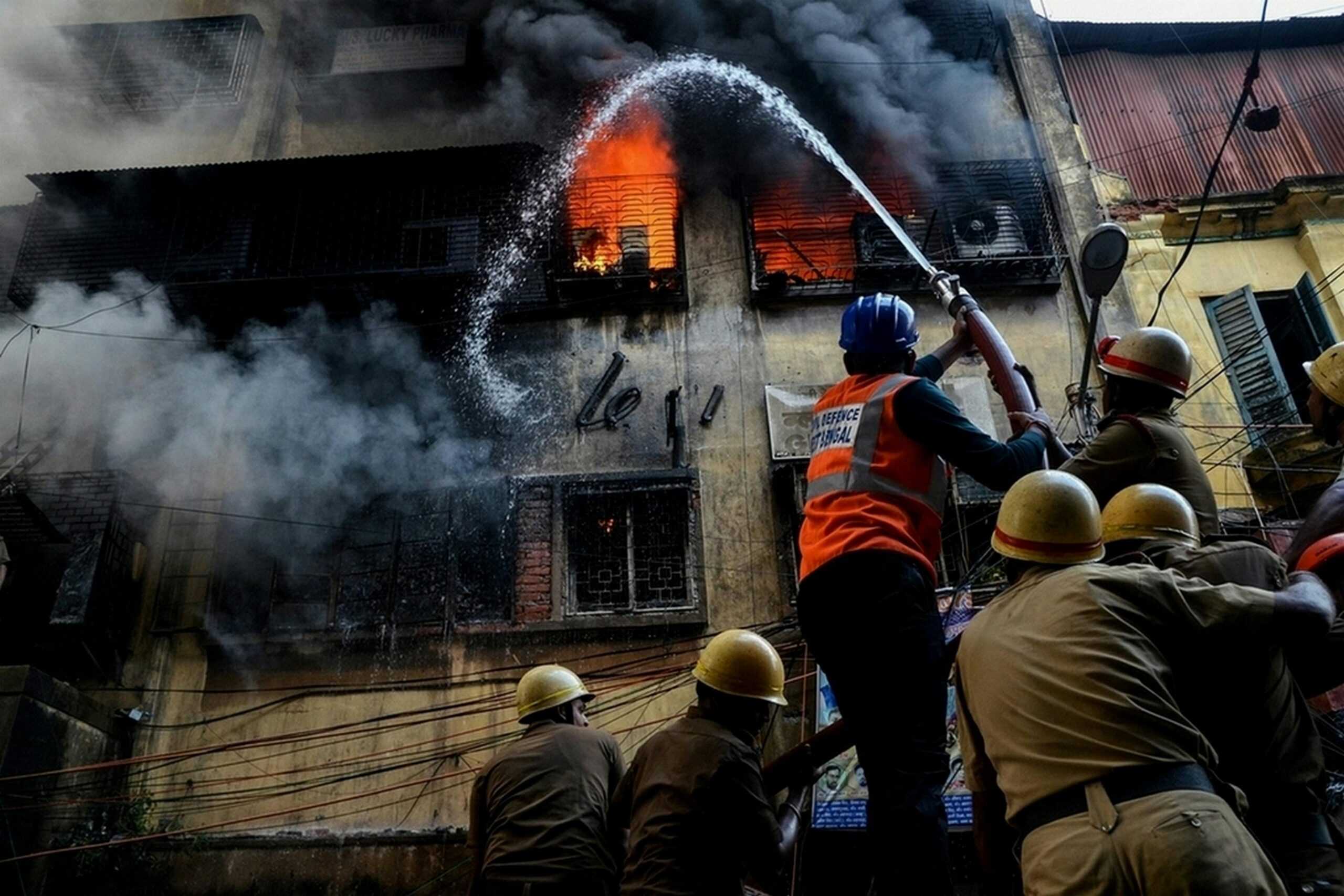
AI for Disaster Management: Improving Response Strategies in India
- admin
- September 14, 2025
- Government, Technology
- 0 Comments
“Predicting and Preventing Catastrophes: How AI is Revolutionizing Disaster Management”
Key Takeaways:
- AI is transforming disaster management in India, enabling quicker responses and better resource allocation.
- Predictive analytics and real-time monitoring are helping mitigate the impact of natural disasters.
- Investments in AI for disaster management are growing, with Indian agencies reporting improved outcomes.
What the Numbers Show:
- AI-powered disaster prediction systems have reduced response times by 30% in disaster-prone areas like Uttarakhand and Assam.
- Real-time AI-based monitoring systems have helped lower flood-related fatalities by 20% in regions using these technologies.
- The Indian government’s investment in AI for disaster management is expected to grow at a 25% CAGR, reaching $2 billion by 2027 (NITI Aayog).
AI’s Role in Disaster Prediction and Preparedness
India’s geographic diversity makes it highly susceptible to natural disasters such as floods, cyclones, and earthquakes. AI has emerged as a vital tool in disaster management, offering predictive capabilities that save lives and reduce property damage. By analyzing vast amounts of data, including satellite images and historical weather patterns, AI systems can predict disasters with remarkable accuracy, giving authorities crucial lead time.
For example, the Indian Meteorological Department (IMD) uses AI algorithms to improve the precision of cyclone tracking, enabling timely evacuations and disaster preparedness.
Real-Time Monitoring and Rapid Response
AI technologies are also enhancing real-time monitoring of disasters. In flood-prone areas like Bihar and Kerala, AI-powered systems analyze data from IoT devices, weather sensors, and satellite imagery to provide live updates on water levels and rainfall intensity. These systems enable authorities to allocate resources and deploy rescue teams more effectively, reducing fatalities and property damage.
In the 2022 Assam floods, AI-driven monitoring systems were instrumental in alerting local authorities about rising river levels, leading to timely evacuations and a 20% reduction in flood-related fatalities compared to the previous year.
Optimizing Resource Allocation
Resource allocation during disasters is often a logistical nightmare. AI models use historical and real-time data to optimize the distribution of resources such as food, water, and medical supplies. This ensures that aid reaches the affected areas quickly and efficiently. The National Disaster Response Force (NDRF) reported a 30% improvement in relief distribution efficiency after integrating AI-driven logistics systems.
AI-Powered Communication Tools
AI-driven chatbots and virtual assistants are helping bridge communication gaps during disasters. These tools provide real-time information to affected populations, offering updates on safe zones, relief camps, and emergency contacts. A recent study by the International Federation of Red Cross found that 60% of affected individuals used AI-powered apps for disaster-related information during the Cyclone Amphan crisis in West Bengal.
Challenges and Ethical Considerations
Despite its potential, integrating AI into disaster management in India faces challenges. The reliability of AI predictions depends heavily on the quality of data, which can be inconsistent in remote areas. Moreover, the high cost of AI infrastructure limits its adoption in economically weaker regions. Ethical concerns, such as data privacy and biases in AI algorithms, also need to be addressed to ensure equitable disaster management solutions.
The Future of AI in Disaster Management
The future of AI in disaster management in India looks promising. Ongoing investments by the Indian government and private organizations are driving innovation in AI technologies. Experts predict that advancements in AI-driven early warning systems and autonomous drones for relief operations will further enhance disaster response strategies. By 2030, AI is expected to become an integral part of disaster management frameworks across all Indian states.
AI-powered tools are redefining disaster management in India, from prediction and preparedness to response and recovery. As these technologies evolve, they promise to save lives, minimize losses, and create a more resilient nation capable of tackling natural calamities with efficiency and foresight.


